Cinematic Cities101: Discover the Real-Life Backdrops of Iconic Beloved Movies
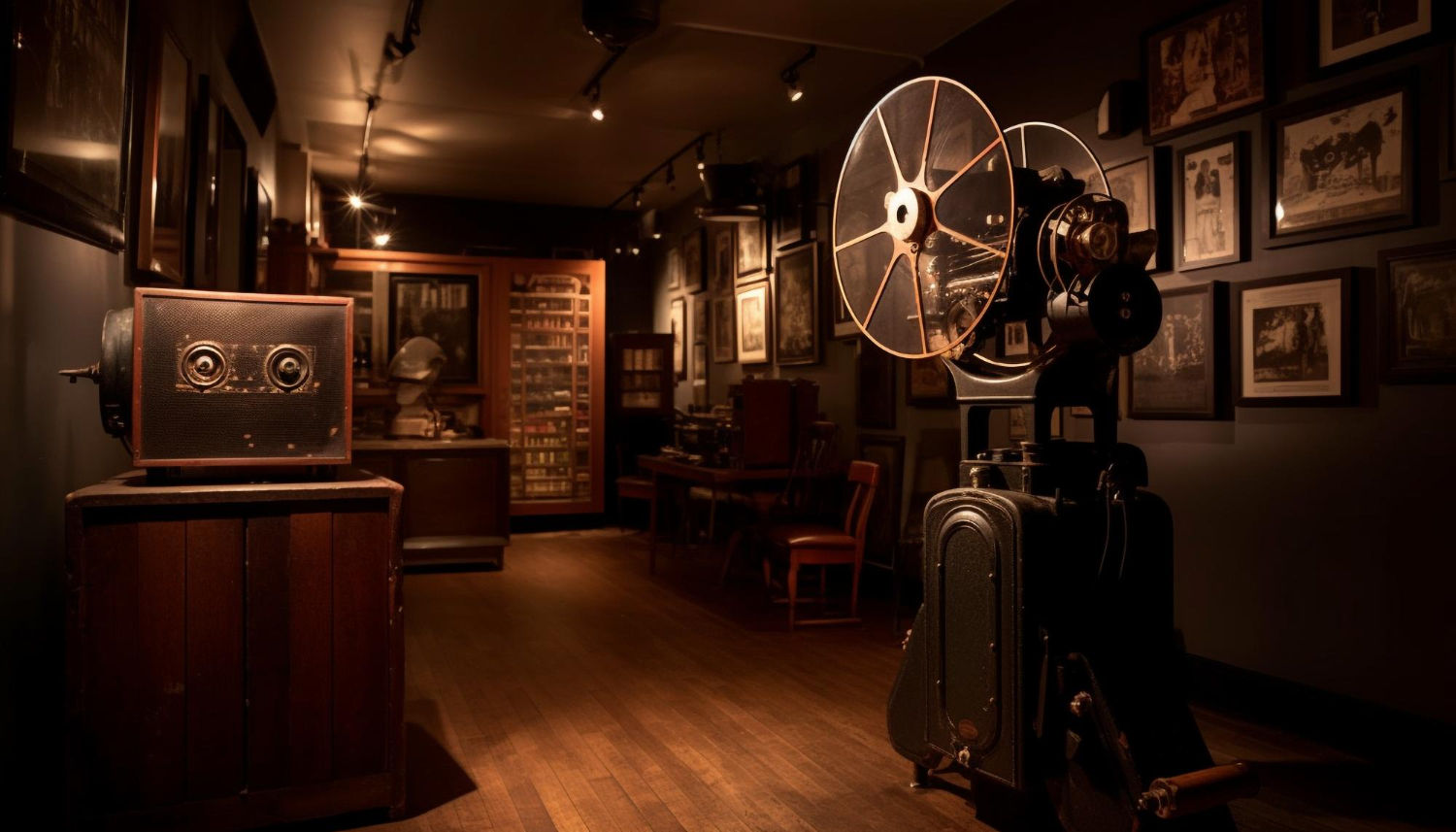
Updated On: April 22, 2024 by Fatma Mohamed
Today’s journey will be different among the Cinematic Cities! Venturing through the streets where renowned scenes were once shot or standing in the very spot where characters came to life adds a layer of magic to any film lover’s adventure. Cinematic cities offer the allure of stepping inside a favourite movie, allowing us to trace the footsteps of protagonists and antagonists alike within the real-world settings that framed their stories. From bustling metropolises that have played backdrop to high-speed chases to quaint towns that provided the setting for intimate dramas, the world’s cities are not just places of residence and business but stages for cinematic storytelling.
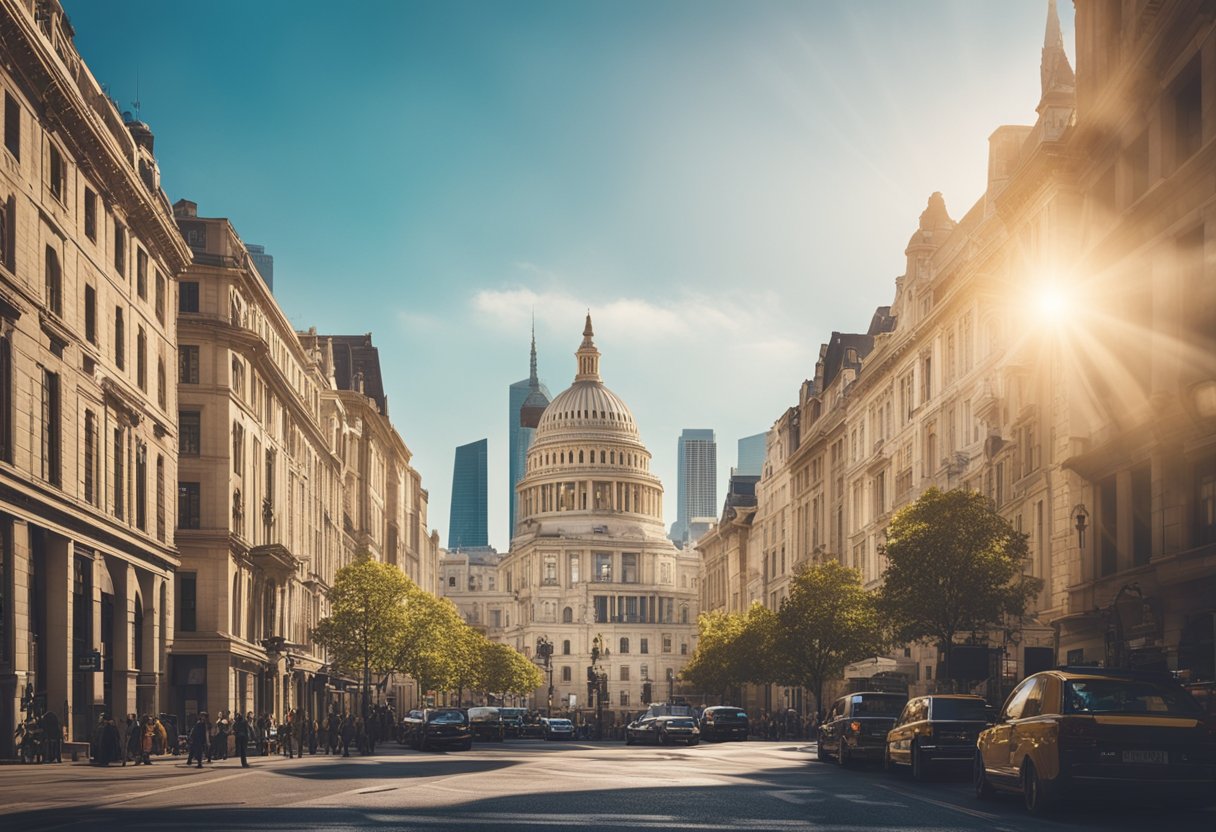
The fascination with these locations isn’t just about star-struck wonder; it’s also a testament to the tangible connection that viewers can have with the films they cherish. When exploring cinematic cities, we discover not only the art of filmmaking but the meticulous effort that goes into selecting the perfect locale for every scene. Filmmakers meticulously choose these locations to enhance their narrative, whether through the city’s architecture, its cultural context, or the specific emotions it may evoke. These cities and landmarks, thus, become silent yet powerful characters in their own right, shaping the way stories unfold on screen.
Table of Contents
The Evolution of Cinematic Cities
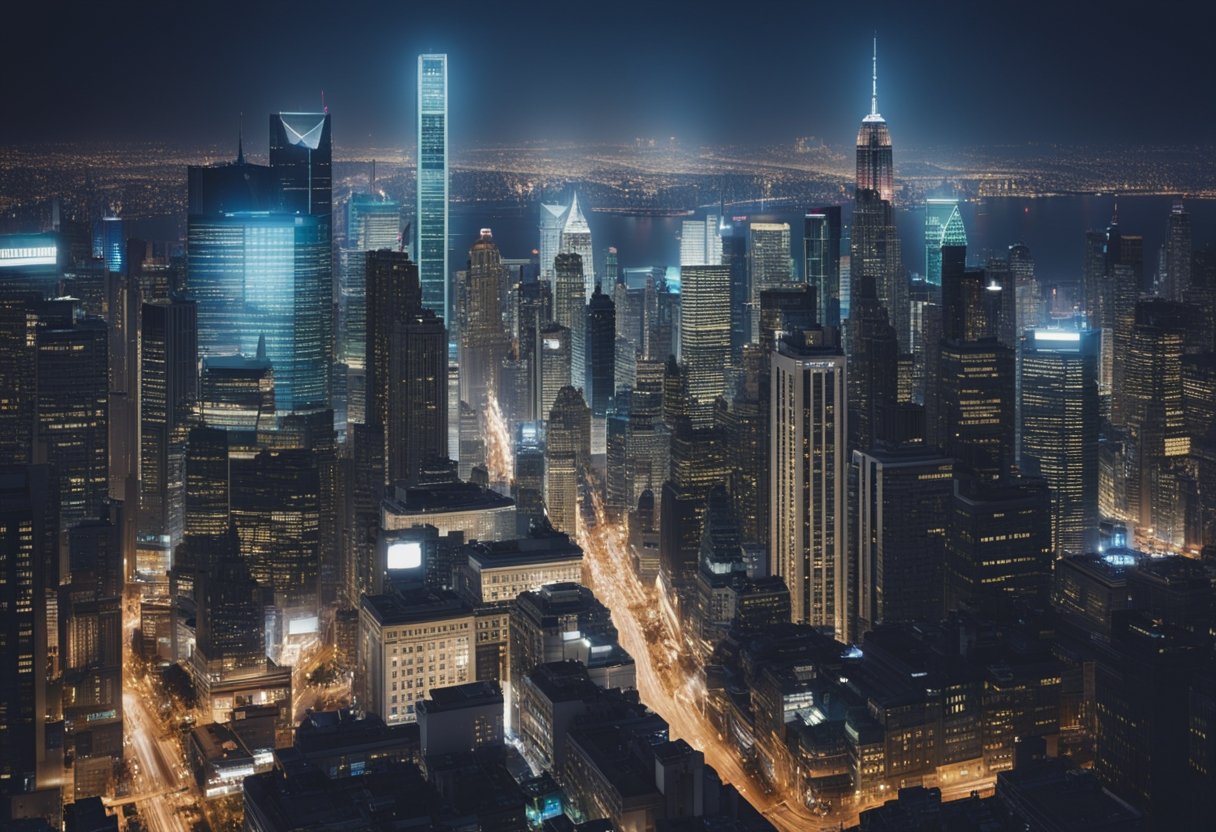
In our exploration of cinematic cities, we’ve observed a profound transformation over time, encapsulating shifts in modernity and architecture. Early depictions often painted the metropolis as a place of wonder, a manifestation of industrial progress and the bustling hive of the early 20th century.
As films began to reflect the complexities of urban life, the portrayal of cities also transitioned. The optimistic visions of urbanity made way for more nuanced interpretations. We see this in the evolution from the glorified metropolis, teeming with Art Deco grandeur, to representations of the dystopia, where the cityscape becomes a playground for social commentary.
| Era | City Representation | Notable Traits |
|---|---|---|
| Early 20th Century | Birthplace of Modernity | Grandeur, Progress, Industrialisation |
| Mid 20th Century | Traditional Cinematic Town | Idealised, Nostalgic, Simplicity |
| Late 20th Century | Utopian/Dystopian Visions | Futuristic, Orwellian, Commentary on Society |
| Present | Reflection of Cynicism | Cynical, Chaotic, Reflective of Modern Society |
Our cinematic canvases have expanded, embracing diverse architectural styles that reflect each era’s cultural and societal pulse. In modern contexts, films often present cities as layered, complex organisms, mirroring the intricate texture of real urban environments.
In more recent times, the cinematic city has become a space where the lines between realism and fantasy blur. As auteurs tackle subjects like surveillance, overpopulation, and ecological decay, our fictional cities often echo these concerns, presenting them in magnified, sometimes exaggerated details.
In all, the cinematic city is not just a backdrop but a reflection of humanity’s aspirations and fears. It evolves with us, capturing our collective consciousness in frames of steel, concrete, and digital imagery. As we continue to document the chronicles of these urban landscapes, both real and imagined, we lend texture to the tapestry of our cinematic heritage.
Iconic Cities on the Silver Screen

The allure of the silver screen is often magnified by the cities in which iconic films are set. These urban landscapes not only serve as backdrops but also become integral characters within the stories themselves, leaving indelible marks on the world of cinema.
New York: ‘The City That Never Sleeps’
The bustling metropolis of New York is synonymous with classics like “Taxi Driver” and “Breakfast at Tiffany’s”, showcasing the city’s gritty streets and glamorous avenues. Films set here capture the relentless pace and eclectic spirit of the city, from the neon lights of Times Square to the leafy paths of Central Park.
Los Angeles: Hollywood’s Backlot
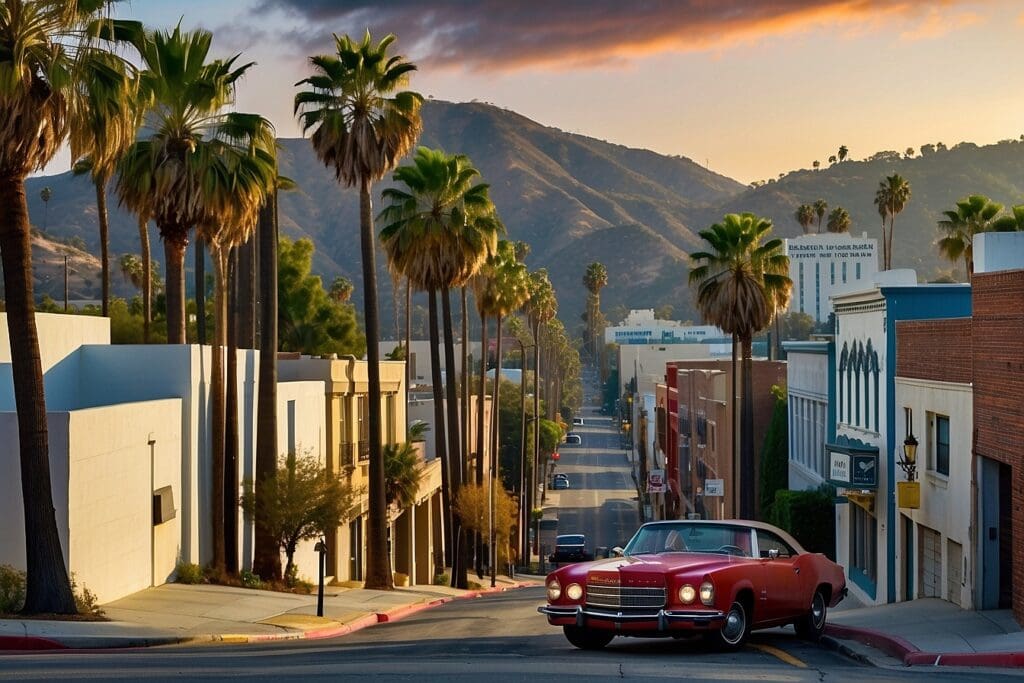
Los Angeles is the heartbeat of the film industry, a city where dreams are manufactured. Its diverse locales, from the sun-kissed beaches to the iconic Hollywood Sign, feature heavily in motion pictures, revealing its role as both a creator and container of cinematic lore.
Paris: City of Lights and Love
In Paris, romance permeates the air as the Eiffel Tower looms over tales of love and longing. Films such as “Amélie” and “Midnight in Paris” transport audiences to the enchanting streets where history and endearment intertwine beneath a canopy of twinkling streetlights.
London: From Buckingham to the East End
London‘s landmarks like Buckingham Palace and Tower Bridge are more than just scenery; they’re embodiments of a city that’s steeped in grandeur and gritty realism alike. Whether it’s the wizarding world of Harry Potter or the tense espionage of James Bond, London provides a versatile setting for storytelling.
Tokyo and Hong Kong: Asian Metropolises
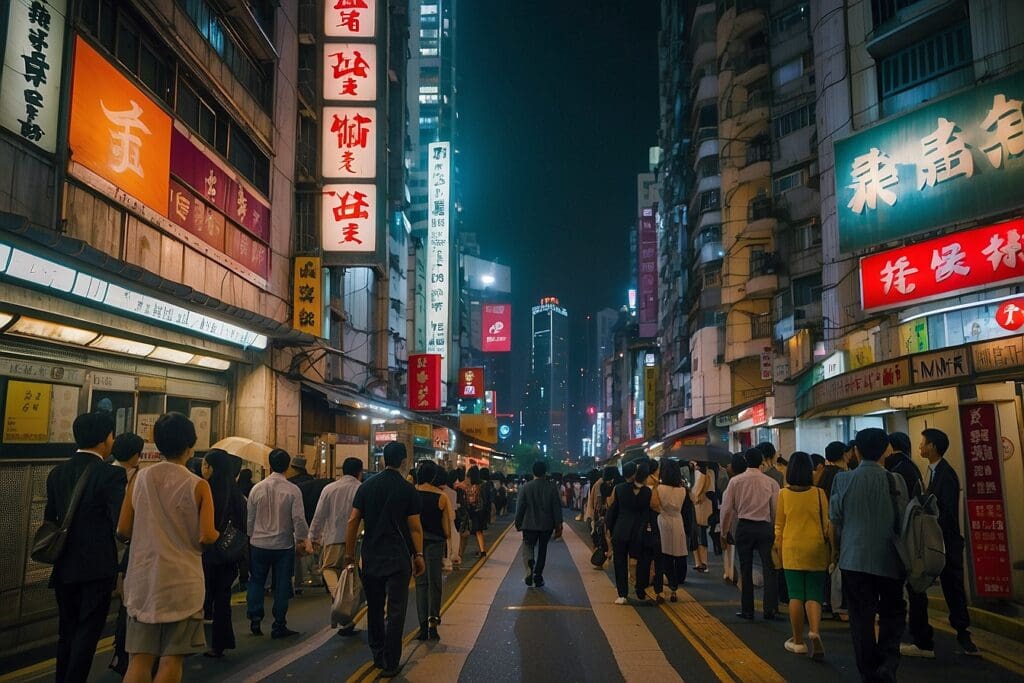
Tokyo’s neon lights and cutting-edge technology contrast with the traditional ethos depicted in films, exemplifying the city’s ability to blend the old with the new. Similarly, Hong Kong’s skyline—often highlighted in adrenaline-fueled action flicks—echoes a city that’s both dynamic and steeped in culture.
Rome: Eternal City of Cinema
From the historic grandiosity of the Colosseum to the sweeping vistas of the Roman Forum, Rome serves as a time capsule for bygone eras immortalised in epic sagas and intimate dramas. It’s a city where every cobblestone and corner has a story, inviting film-goers to journey through the ages.
Film Genres and Urban Landscapes
In film noir, the urban landscape plays a central role, often mirrored by the murky moral ambiguity of the characters themselves. Films such as “The Maltese Falcon” and “Chinatown” showcase cities like San Francisco and Los Angeles as labyrinths of mystery and moral decay, illuminated by low-key lighting and shadowy alleyways.
Dramas, on the other hand, utilise the city’s backdrop to heighten emotional tension. A city’s towering skyscrapers and bustling streets often reflect the aspirations and struggles of protagonists. Take “The Pursuit of Happyness,” which juxtaposes the opulence of San Francisco’s financial district against the story’s themes of poverty and hope.
Romance films often imbue urban settings with a sense of enchantment. Cities in romance films are places where love flourishes amidst iconic landmarks, like the sweeping Parisian vistas of “Amélie” or the vibrant New York energy in “Serendipity.”
| Genre | Cityscape Influence |
|---|---|
| Dystopian | Often portray cities as oppressive structures, visually reinforcing themes of control and desolation. |
| Thriller | Utilize the unpredictability of city life, turning ordinary locations into spaces of intrigue and danger. |
Dystopian narratives paint cities as sprawling, regimented structures where individual freedoms might be suppressed by architectural enormity, as seen in “Blade Runner’s” rain-soaked, neon-lit Los Angeles.
Thrillers utilise the inherent unpredictability of cities to fuel their narratives—hidden corners and bustling crowds in places like New York or London serve as stages for suspenseful encounters in films such as “Vertigo” or “Skyfall.”
We find that these urban landscapes not only set the scene but fundamentally shape the stories told within various film genres, encapsulating everything from opulence to dystopia, romance to danger. Each genre weaves a different tapestry of the city, reflecting the multifaceted nature of urban life.
Filming Locations and Real-Life Landmarks
In our exploration of cinematic cities, we’ve discovered that many famous films use real-life landmarks as integral backdrop elements. The Eiffel Tower in Paris, a lattice tower renowned worldwide, has been featured in countless films, including “Last Tango in Paris” and “Ratatouille”. The Empire State Building of New York City, a skyscraper symbolic of the American spirit, has made prominent appearances in films like “King Kong” and “Sleepless in Seattle”.
| Famous Films | Landmarks | Locations |
|---|---|---|
| Midnight in Paris | Eiffel Tower | Paris, France |
| King Kong | Empire State Building | New York, USA |
| The Queen | Buckingham Palace | London, England |
Buckingham Palace in London serves not just as the home of the British monarchy but also as a cinematic icon. Its majestic façade can be seen in films like “The King’s Speech” and “The Queen”. These structures aren’t mere elements of the urban landscape but characters in their own right, each adding a layer of authenticity and grandeur to the cinematic stories.
By visiting these landmarks, we can walk in the footsteps of our favourite characters. Whether it’s imagining superheroes soaring over the Eiffel Tower or agents chasing through the corridors of Buckingham Palace, these locations bridge the gap between fantasy and reality, offering us a unique way to experience movie magic.
Directors and the City
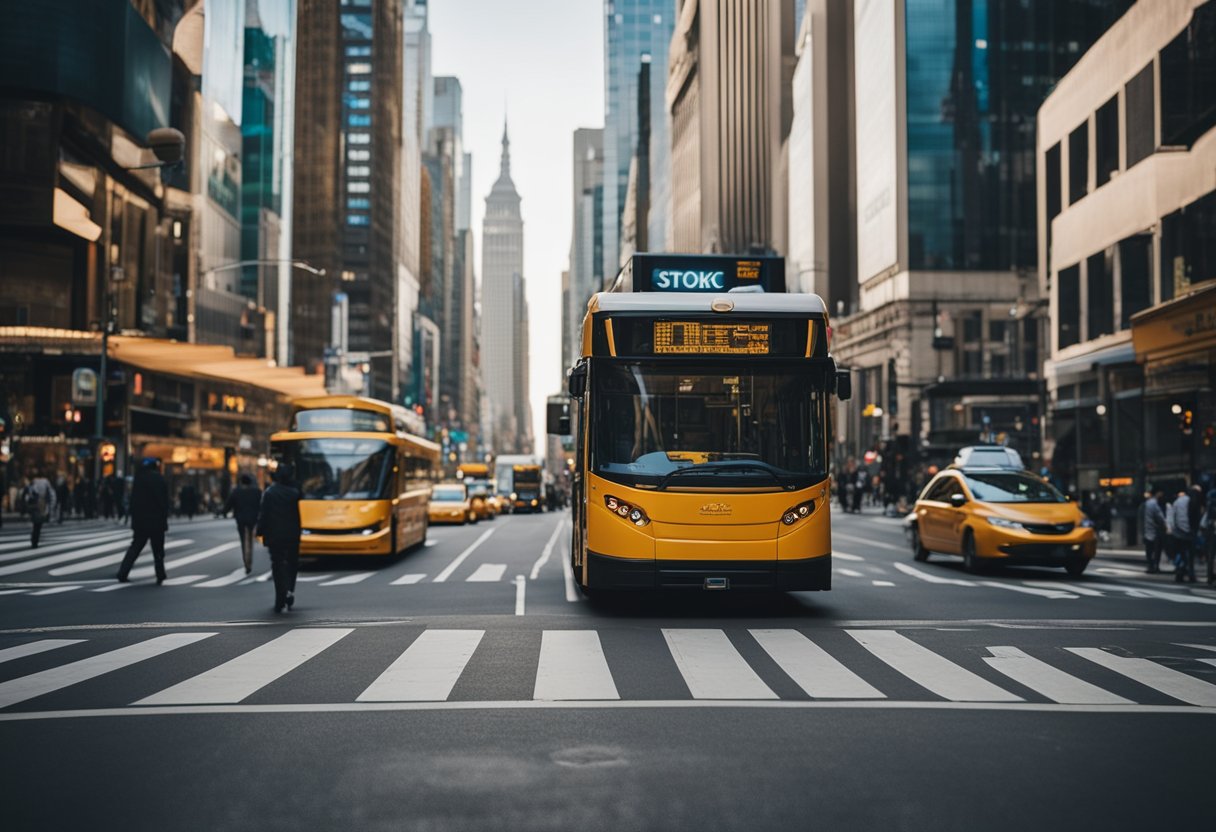
Directors have long sought to capture the essence of urban life, often using cities as both a backdrop and a character in their films. Martin Scorsese is known for his vivid portrayal of New York City, bringing its gritty streets to life in films like “Taxi Driver” and “Goodfellas.” The city’s vibrant chaos and
City as a Character
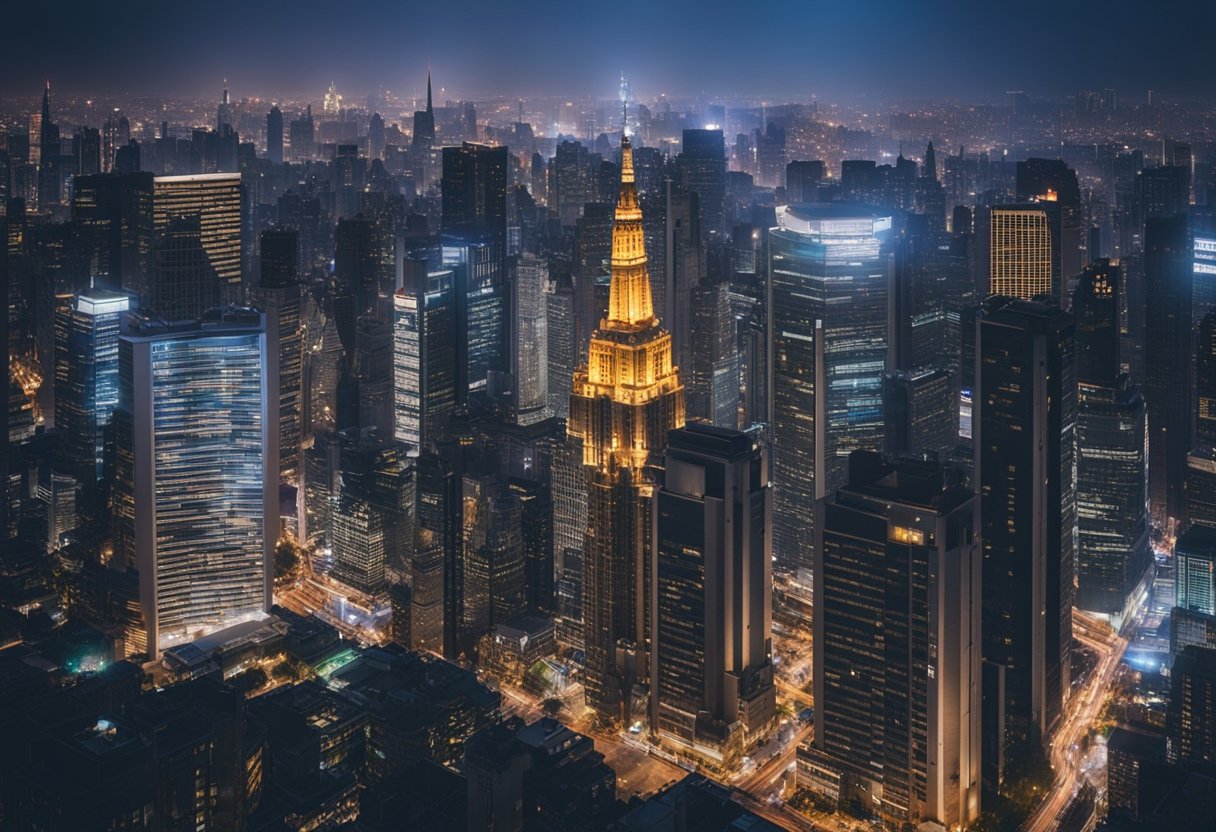
In cinema, cities often transcend their role as mere settings to become living, breathing entities within the narrative, intertwining with the plot and characters. We observe how filmmakers use urban landscapes not just as a backdrop but as a dynamic character that contributes to the storytelling in profound ways.
For instance, the streets of a city may echo the protagonist’s emotional journey, with every alley and skyline reflecting their deepest thoughts. Whether in the bustling avenues of New York or the historic lanes of Paris, urban elements contribute significantly to the narrative, offering more than just a physical background; they convey a particular mood or theme essential to the film’s message.
| City Attributes | Role in Film |
|---|---|
| Architecture | Sets the period and tone |
| Street Life | Reflects the societal context |
| Landscape | Mirrors characters’ emotional states |
In shaping a story, directors often exploit the distinct personality of a city to enhance their film’s storytelling. The ambience of local cafes, the expanse of public squares, and even the city’s rhythm might parallel or challenge the journey of the characters, thus becoming an unseen narrator sharing their own version of the story.
As an expressive force, a city can embody conflict, hope, or transformation, each street corner offering a new chapter or a silent commentary on the unfolding drama. Our cinematic experiences are indebted to these urban canvases, where stories find their heart and characters in their home.
The Art of Cinematography in Urban Settings
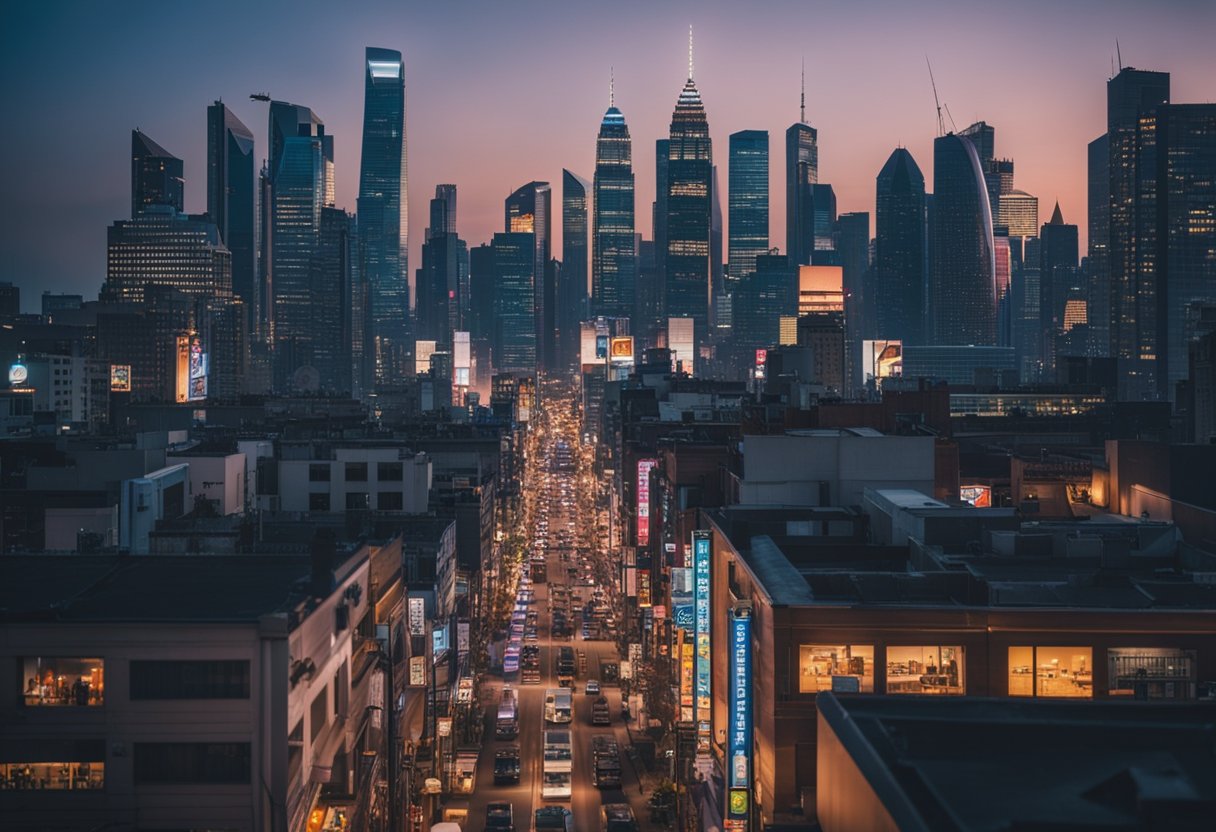
Cinematography transforms urban environments into visual stories, influencing our perception through light, colour, and movement. By employing various techniques, filmmakers utilise the cityscape as a canvas to convey emotion and narrative depth.
Lighting is pivotal; it shapes each scene’s mood and can accentuate architectural features unique to urban settings. Streets lit by neon signs, car headlights, or the natural interplay between shadows and sunlight paint the cinematic city with a sense of life.
Colour further defines the ambience. A desaturated palette might suggest bleakness, while vibrant hues may enhance the city’s vitality. Such choices in cinematography not only establish the film’s aesthetic but also submerse audiences in the intended emotional landscape of the urban scene.
Movement within the urban space, such as the flow of traffic or the hustle of pedestrians, adds layers of dynamism. Clever camera work can capture this rhythm, producing a kinetic energy that is almost tangible.
The use of IMAX technology broadens the scope, offering immersive experiences with its high-resolution and wide-screen format. When applied to urban cinematics, IMAX can make viewers feel as though they are traversing the metropolis alongside the characters.
Finally, cinematography owes much to the fundamental principles of photography. The framing of a shot, the composition, and the angle—all these aspects originate from the photographer’s eye and are key to creating those memorable cinematic moments set against the tapestry of the city.
In essence, our understanding of urban narratives is intimately tied to how these elements of cinematography come together to create a city that’s not merely a setting but a character in its own right.
Urban Stories and Social Commentary
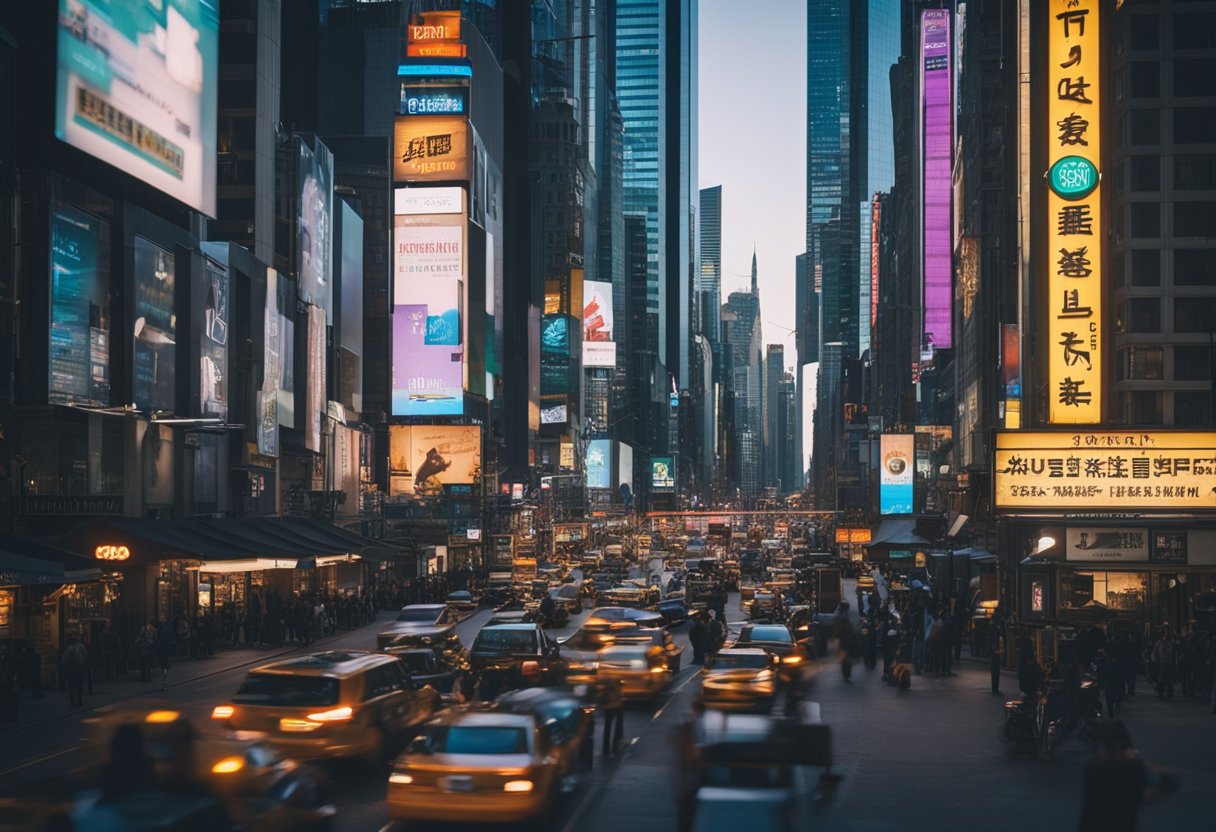
In the landscape of cinema, cities often become characters in their own right, with the architecture, streets, and atmosphere providing a rich backdrop for exploring urgent social issues. Films set in urban environments frequently offer sharp social commentary, reflecting on societal dynamics such as gentrification and the HIV/AIDS crisis.
Take, for example, the transformation of neighbourhoods through gentrification — a process that can be both a revitalisation and a form of displacement. Films like “Do the Right Thing” capture the tensions and changes that gentrification brings to communities, outlining the complex narratives of progress and loss.
The impact of HIV/AIDS on urban communities, notably in the 1980s and 1990s, has also been a poignant subject in film. Movies such as “Philadelphia” have deftly handled the topic, delivering powerful stories that combine personal narratives with broader social implications, fostering greater knowledge and understanding of the condition.
| Subject | Film Examples |
|---|---|
| Gentrification | Do the Right Thing |
| HIV/AIDS | Philadelphia |
Our examination of films not only enables us to witness diverse urban tales but also acts as a springboard to discuss and address critical societal issues. The compelling combination of personal hardships and urban settings in cinema serves as a powerful mirror reflecting our shared realities and challenges.
By placing narratives within the concrete jungles of the world, filmmakers give us the chance to see our cities—and ourselves—through a more introspective lens. Each frame and storyline deepens our comprehension of the urban experience and the ongoing societal dialogues embedded within them.
Filmmaker’s Toolbox: Capturing the Urban Spirit
When we delve into the realm of cinema, urban environments often serve as dynamic backdrops that mirror the complexities of real life. As filmmakers, the tools we possess to capture the spirit of the city are as varied as the urban experiences themselves.
- Documentaries grant us a lens to portray cities with a gaze of authenticity, showcasing the intricate dance between everyday life and the urban setting.
- Crafting short films allows for focused snapshots of urban life, distilling the essence of the metropolis into bite-sized yet impactful narratives.
The urban screen has the power to transform the streets, architecture, and the pulsating rhythm of the city into an immersive cinematic experience:
- Location Scouting: Identify iconic or underexploited urban vistas.
- Cinematography: Use lighting and angles to convey mood and theme.
- Sound Design: Incorporate the city’s soundscape to add a layer of realism.
By understanding the dispositif of the cinematic apparatus, which can be read about in essays such as Turning From Urban Screens to Screened Urbanism, we can better strategise the arrangement of visuals and audio to reflect the city’s identity.
Cultural Sensitivity: We weave an appreciation of the city’s social fabric into our stories, exploring narratives with respect and depth.
In essence, our toolbox brims with techniques, technology, and creative vision, all of which enable us to capture the urban spirit in a way that resonates with audiences, inviting them to navigate and experience the city through the unique perspectives crafted in film.
Movies that Redefined Urban Cinematic Experiences
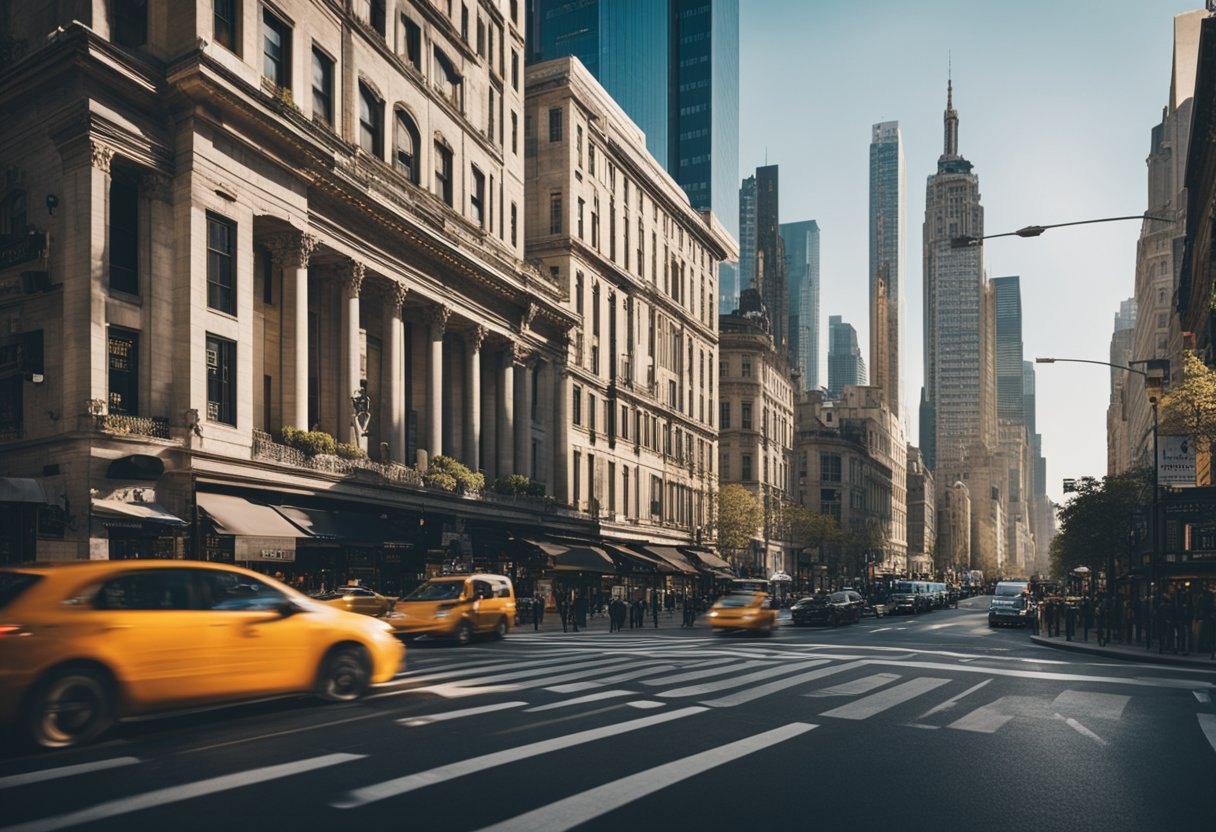
Blade Runner is frequently hailed as a film that has profoundly influenced urban aesthetics in cinema. Its depiction of a dystopian Los Angeles, steeped in a blend of film noir and cyberpunk, presents a cityscape that continues to inspire filmmakers.
Likewise, City of God offers a visceral portrait of Rio de Janeiro’s favelas. This Brazilian masterpiece introduced audiences to the raw, kinetic energy of impoverished urban environments, shedding light on the struggles within these communities.
In a starkly different vein, Annie Hall captures New York City through the lens of comedy and romance. Woody Allen’s neurotic humour juxtaposes the city’s cultural vibrance with the comical nuances of urban relationships.
Lastly, Breakfast at Tiffany’s elegantly showcases New York, turning the city into a character within itself. The film’s iconic fashion and the charm of Tiffany’s remain emblematic of the city’s allure.
Our article does not touch on works featured on Connolly Cove but invites exploration into various cultural landscapes akin to those provided by the platform.
Exploring the Unknown: Cities as a Canvas for Imagination
In the realm of cinema, cities often serve as more than mere backdrops to the unfolding narrative; they become canvases for the imagination, gateways to the unknown. These urban landscapes transport audiences into realms where dreams take form and mystery shrouds every corner. It’s in these concrete jungles that fantasy intersects with reality, creating a rich tapestry that tells stories of the human experience.
From the bustling streets of metropolises to the silent alleys of deserted towns, cities in film capture the essence of exploration and discovery. They invoke a sense of wonder, challenging us to consider the limitless possibilities that reside within their limits.
- Dreams: Cities embody the dreams of their inhabitants and filmmakers, manifesting ambition and aspiration in towering skyscrapers and neon lights.
- Unknown: Every narrow lane and towering building holds secrets yet to be uncovered,
drawing us into the allure of the unknown. - Fantasy: Whether depicting future dystopias or alternate realities, the urban landscape allows us to venture into the worlds of fantasy with its malleable nature.
- Mystery: A city’s enigmatic appeal lies in its ability to conceal as much as it reveals, beckoning with the promise of unsolved mysteries and untold tales.
We often see cities through a lens of familiarity, but through the eyes of filmmakers, these same streets become mysterious labyrinths filled with boundless opportunities for storytelling. Our collective imaginations run wild amidst these cinematic cities, revealing the extraordinary within the ordinary and reminding us that every city has its stories waiting just beneath the surface.
Frequently Asked Questions
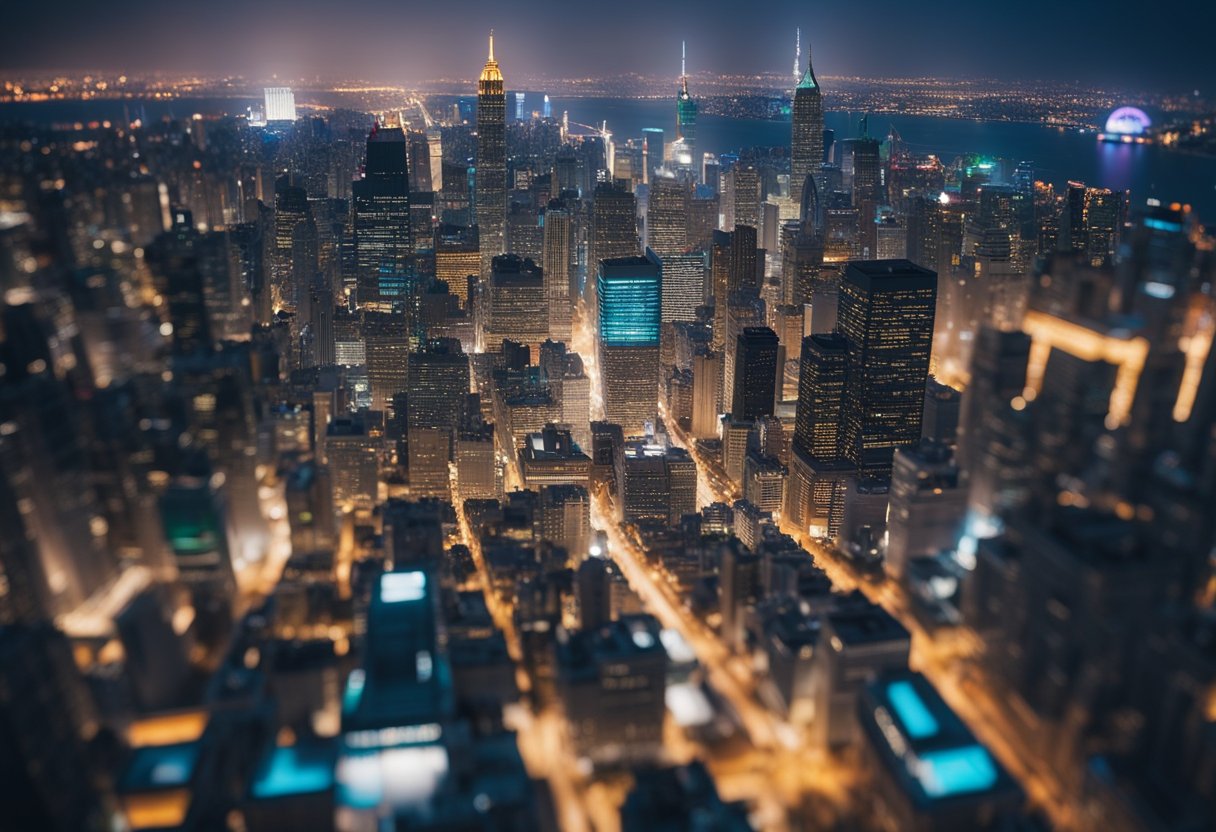
In order to gain deeper insight into the fascinating interplay between real-world cities and their cinematic portrayals, we address some of the most commonly posed inquiries. Our focused exploration will provide clarity on popular filming locations and ways to experience the magic of cinema through travel.
Which city has been used as a setting for the highest number of films?
New York City holds the title for being the backdrop of a vast number of films, ranging from romantic comedies to action-packed thrillers, thanks to its iconic skyline, diverse neighbourhoods, and cultural fame.
Where is the most well-known film location situated?
The most well-known film location is arguably Hollywood, located in Los Angeles, California, which not only serves as the epicentre of the movie industry but is also featured in countless films as both a setting and a subject matter.
Which real-life locations were depicted as the Canyon of the Crescent Moon in a film?
The ancient city of Petra in Jordan, with its stunning rock-cut architecture, was portrayed as the Canyon of the Crescent Moon in the popular film ‘Indiana Jones and the Last Crusade’.
How can one visit film sets that are open to the public?
Many film sets are open for public tours, offering fans an immersive experience. Interested individuals can book guided tours to various filming locations, such as the picturesque town of Sombrerete on the Zacatecas Movie Tour in Mexico.
In which European cities are iconic film locations commonly found?
Iconic film locations are commonly found across various European cities, including London, with its historic landmarks; Paris, popular for its romantic settings; Prague, for its well-preserved medieval architecture; and Rome, known for its ancient wonders.
Can you list notable filming spots in New York City renowned for their cinematic appearances?
Central Park is one of New York City’s most notable filming spots, having appeared in myriad films. It’s a lush sanctuary amidst the urban landscape and plays host to scenes from famous movies and TV shows, which fans can retrace through various themed tours.






